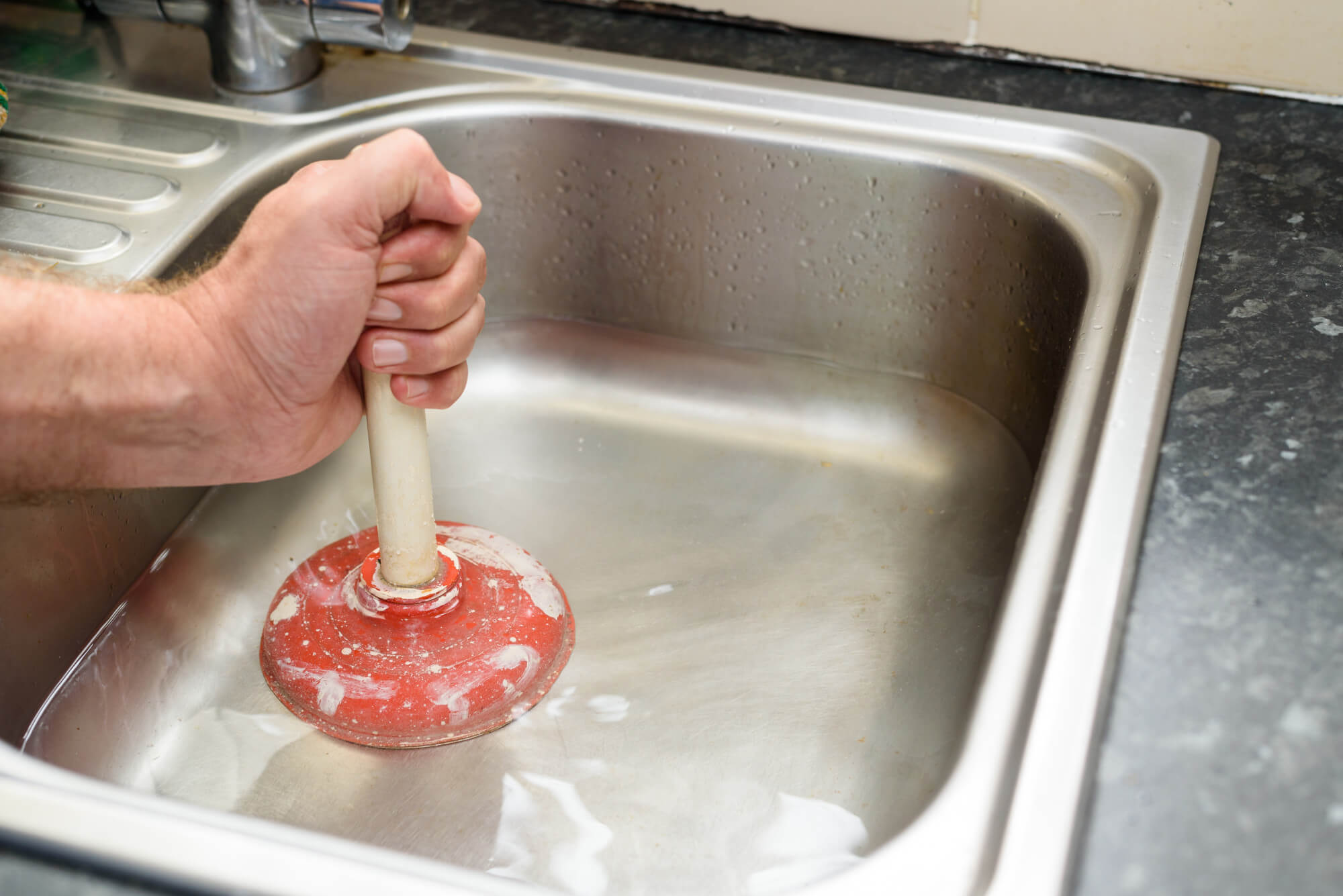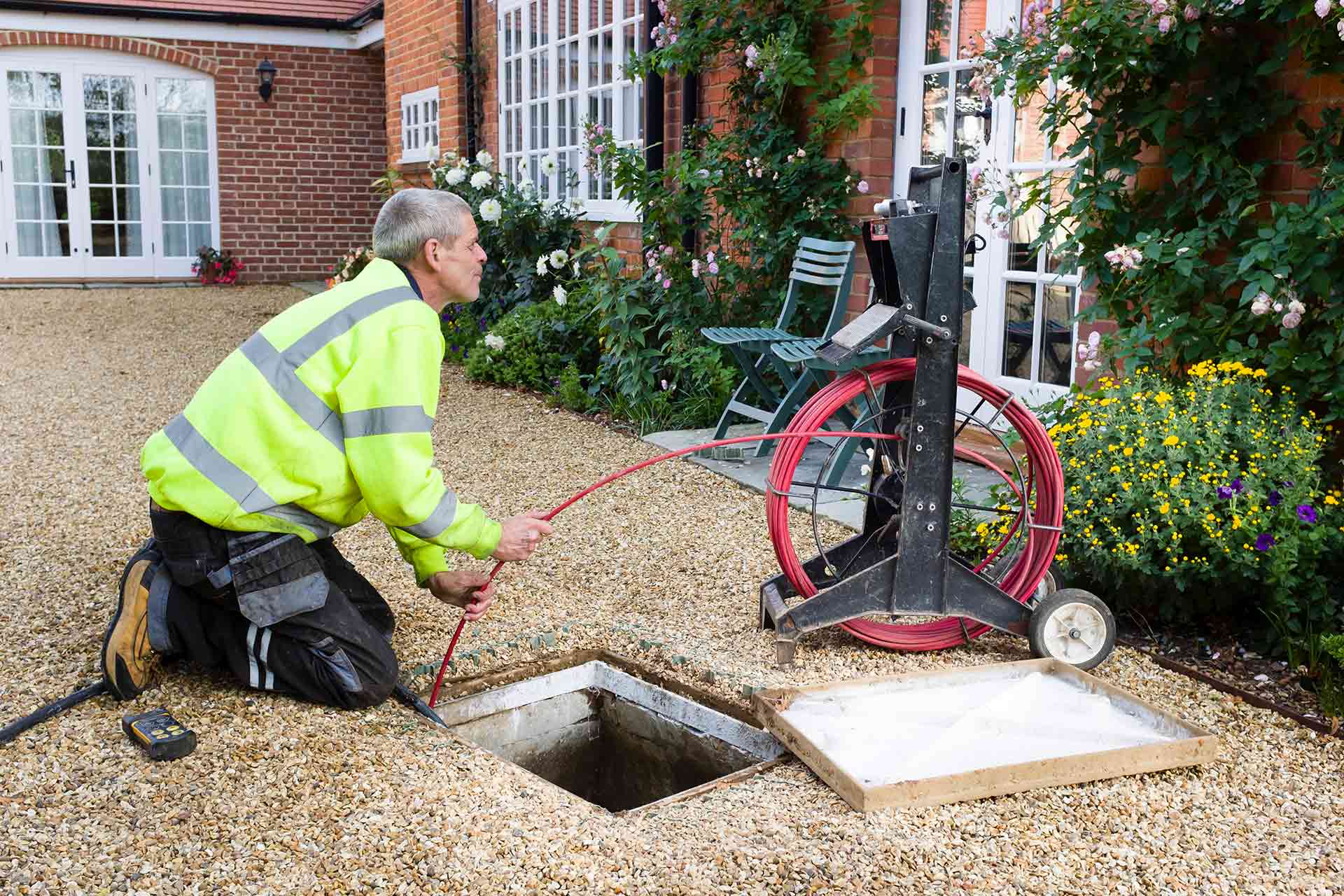Almost everyone seems to have their own unique thinking in relation to 8 Tips For Clearing A Blocked Drain.

Intro
Handling an obstructed drainpipe can be a frustrating experience, disrupting daily activities and potentially creating damage to your residential or commercial property. Nevertheless, before reaching out to plumbing professionals, there are actions you can require to deal with the problem yourself. In this overview, we'll discover do it yourself solutions and safety nets to deal with an obstructed drainpipe efficiently.
Determining the Issue
The very first step in attending to a blocked drainpipe is recognizing the signs. Slow water drainage, gurgling sounds, foul odors emanating from drains, or water support up are common indicators of a blocked drainpipe. Recognizing these signs early can help protect against even more issues.
Usual Sources Of Blocked Drainpipes
Recognizing the variables that contribute to drain obstructions is crucial for reliable resolution. Usual culprits include hair, soap scum, grease, food debris, and foreign objects like hygienic items or paper towels. Tree origins attacking below ground pipelines can likewise cause considerable obstructions.
Do it yourself Solutions
For small clogs, numerous DIY solutions can be reliable. Pouring boiling water down the drain can aid liquify oil and particles. Baking soda and vinegar or a combination of salt and baking soda can act as natural cleansers. Utilizing a bettor or pipes snake to remove blockages is one more option.
Tools and Tools
Having the right tools accessible can make do it yourself drain cleansing a lot more effective. A bettor is a versatile device for getting rid of clogs in sinks, commodes, and showers. A plumbing serpent or auger can reach deeper clogs, while drain cleansing chemicals can be made use of cautiously for persistent clogs.
Preventive Measures
To stay clear of future obstructions, adopting safety nets is essential. Set up drainpipe guards or strainers to catch hair and particles before they get in the pipelines. Frequently flush drains pipes with hot water to liquify grease build-up, and prevent disposing of oil or solid waste down the drain.
When to Call an Expert
While do it yourself services can solve minor obstructions, specific indicators show the demand for specialist assistance. Consistent clogs, foul odors in spite of cleaning efforts, or several drains supporting simultaneously are red flags that call for expert treatment.
Picking the Right Plumbing Solution
When picking a pipes solution, take into consideration variables such as experience, licensing, and customer reviews. Pick a credible plumbing with a performance history of quality craftsmanship and transparent pricing methods.
Price Considerations
The expense of specialist drainpipe cleaning services can vary depending on the seriousness of the blockage and the plumber's rates. Request quotes from several carriers and inquire about any type of service charges to make certain openness and prevent shocks.
Safety and security Precautions
When trying DIY drain cleansing, prioritize safety and security. Use protective handwear covers and eyeglasses to avoid contact with hazardous chemicals or microorganisms. Never mix different drainpipe cleansing products, as this can create hazardous fumes.
Instance Studies
Real-life examples highlight the efficiency of DIY solutions and the relevance of timely specialist intervention in resolving drain clogs.
Conclusion
By following the ideas detailed in this guide, you can properly deal with obstructed drains and protect against future plumbing problems. Whether opting for DIY services or seeking specialist aid, prompt activity is crucial to preserving a healthy plumbing system and preserving the honesty of your home.
How to Clear a Clogged Drain Yourself (And When to Call In the Professionals)
What Can Clog a Drain
- Dirt
- Skin flakes
- Hair
- Grease
- Soap scum
- Food
- Offset pipes
- Tree roots
- Small objects
- Mineral buildup
DIY Tricks to Unclog a Drain
You can fix this! Once you have identified the source of the clog (or have a vague idea), you can try one or a combination of these fixes in order to clear your plumbing.
Wire Hanger or Snake
Untangle and clear out hair from a drainpipe with a homemade snake. Use a straightened-out wire hanger with a 90-degree angle hook to locate the clog and drag out any unwanted material.
Remember not to push the clog further down to where the wire hanger cannot reach! If you need to follow up with a plunger, give it a try. Your efforts might be more successful after it’s been wire-snaked.
If you want to get fancy and don’t have a wire hanger to spare, head to the store and pick up a hand-operated drain snake. You can get one for $10-$30. It may save you the hassle, and provide additional length to reach deep into the clogged pipe.
Plunger
A cup plunger has a suction cup attached to a wooden handle. The rubber creates a seal around the drain, and increases the pressure force of the plunger.
Plunge for 30-second increments to loosen the clog. This may need to be repeated over the course of 15-20 minutes. Once plunged, run the water to flush the remaining material out of the drain.
Remember– never use a plunger if you have used a chemical drain cleaner. These chemicals can splash up from the force of the plunger and cause serious injury or burns.
Boiling Water
Hot water can sometimes break up materials into a flushable amount. Dirt, grease, and soap buildup requires heat in order to unstick from surfaces.
Take your kitchen kettle and heat your water to a boil. Once it reaches a rolling boil, pour it directly down the drain into the blockage. Carefully follow with plunging, if necessary.
Don’t worry if this takes more than one try! It can often take multiple kettles and repeated plunging in order to clear a particularly stubborn clog.
Chemical Drain Cleaner
As a last resort, pick up a bottle of chemical drain cleaner. Drain-cleaning chemicals are potent, and not very good for the environment.
You may need to wear protective eyewear in gloves before handling your bottle of chemical drain cleaner. Follow the instructions printed on the bottle, and flush with water as soon as the instructions allow. Do not follow with plunging.
Baking Soda and Vinegar
As a safer alternative to chemical drain cleaner, baking soda and vinegar can create a chemical reaction that clears tough clogs.
Combine one cup of cleaning vinegar with one cup of boiling water, and set aside. Once you have done this, pour half a cup of baking soda down the drain. Give the baking thirty seconds to settle and cover a large portion of the problem drain.
Following the baking soda, pour down your vinegar and hot water solution. Once the vinegar and baking soda combine, the mixture will bubble and fix. Let this reaction fizzle in the drain for about an hour.
After an hour, follow with a kettle’s worth of hot water. The heat and liquid should flush out any remaining material.
When to Call a Plumber
If your DIY attempts haven’t cleared your clog drain, it’s time to call in a professional. It’s not worth losing access to your kitchen sink or high-traffic bathroom. A clog in a vital area can keep you from the things you’d rather be doing, and derail your routine.
Anytime a clog is causing water to spread is a time to call in a plumbing service. What starts out as a little bit of water can quickly grow into serious, expensive water damage.
Additionally, a serious clog can result in burst pipes or serious leaks. Make sure you know when to take it seriously!
https://myguysnow.com/how-to-clear-a-clogged-drain-yourself-and-when-to-call-in-the-professionals/

As a serious reader on , I figured sharing that chunk was a good idea. Loved our blog? Please quickly share it. Help someone else check it out. Many thanks for taking the time to read it.
Get Quote Now
Comments on “Pointers for Fixing a Blocked Drain Before Engaging Professional Assistance”